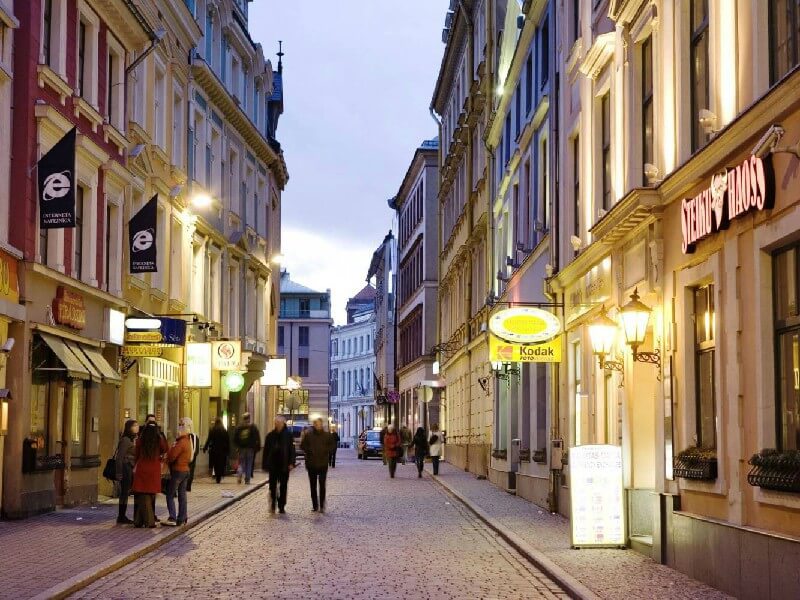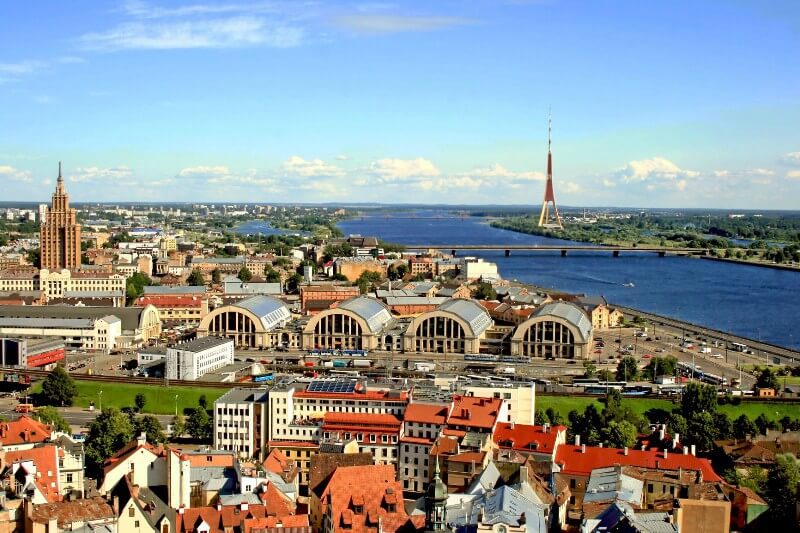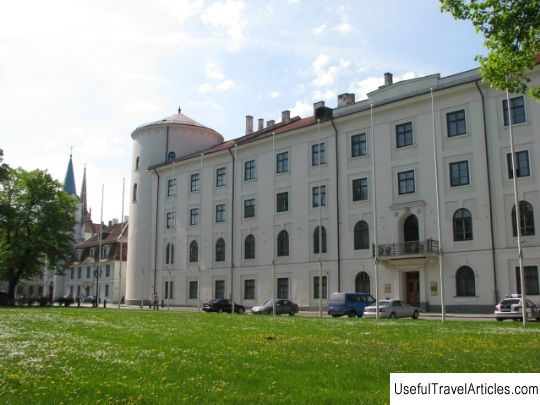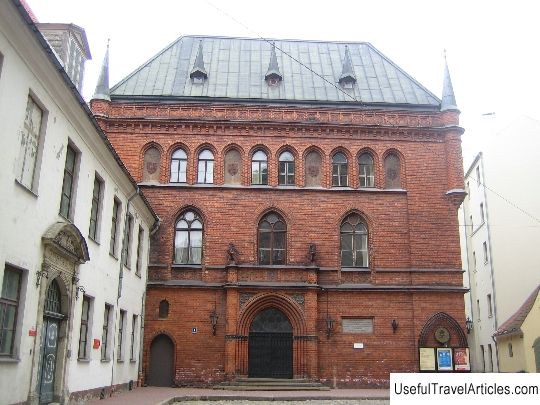Swedish gate (Zviedru varti) description and photo - Latvia: Riga
Rating: 7,6/10 (100 votes) 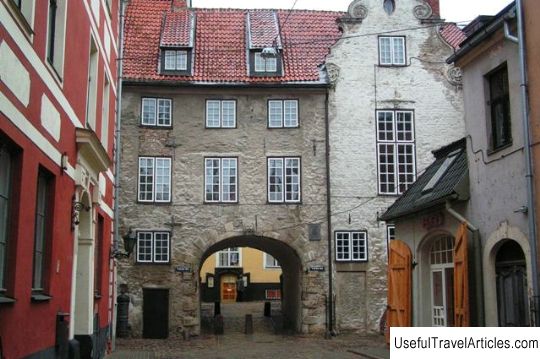
Swedish gate (Zviedru varti) description and photo - Latvia: Riga. Detailed information about the attraction. Description, photographs and a map showing the nearest significant objects. The name in English is Zviedru varti. Photo and descriptionThe Swedish Gate is a cultural monument, an architectural complex located in several houses on Torna Street in Riga in Latvia In 1621, Riga was under Swedish rule. The Swedish occupation lasted until 1711. Naturally, the Swedish rule left a noticeable mark on the history of Riga. At this time, new architectural buildings appeared in the city: the Yakovlevsky barracks or the Jekaba barracks and the Swedish gate, which are currently among the most popular sights of Riga. Peter I ordered the destruction of Jekaba's barracks. Later, new ones were built in their place. The Swedish gate is the only one of all the city gates that have survived to this day almost unchanged. The legend tells that the Swedish gate was erected at the end of the 17th century. One proactive and enterprising Riga merchant decided to cut through the gates in his house No. 11 on Torne Street. In this way, he wanted to evade paying duties on goods that were officially imported through the Sand City Gate. Since the gate was located in his house, the merchant decided to charge a toll through it. However, there is a more realistic version of the formation of the Swedish Gate. Most likely, the city authorities decided to equip a closed passage to the buildings located on Torne Street. Therefore, a new gate was cut. The Swedish gate began to be called that for two reasons: first of all, their appearance coincided with the time of the occupation of Riga by the Swedes, and the second reason is that that most of the Swedish soldiers used this gate. The soldiers were quartered in the Yakovlevsky barracks, which were located near the gate. Therefore, the Swedish Gate is a kind of symbol of the era of Swedish rule. At night, the Swedish gate was locked with powerful bolts, and the watchmen watched closely so that not a single living soul could penetrate through them. There is a legend that speaks of the height of a terrible plague. At this time, the city was "in quarantine". One young girl tried to enter the Swedish gate to see her lover. But the watchmen managed to catch her. The girl was treated very cruelly. She was walled up alive in the wall. Since then, at night, from the side of the wall, terrible crying and groans of the unfortunate woman have been heard. But not only this unfortunate girl became a hostage of the Swedish Gate. According to another legend, two lovers were walled up in the wall next to the gate: a Latvian girl and a Swedish officer. Their love was originally doomed. Indeed, according to Swedish laws, officers could only marry Swedish girls. The lovers disregarded the rules, for which they paid with their own lives. Nowadays, this old legend allows lovers to check the sincerity of their feelings. You need to go through the Swedish gate with your soul mate. And if their feelings are as strong as those of the unfortunate lovers, then exactly at midnight the couple will hear the cherished “I love you!” Coming from the wall. And they also say that for some time in the apartment, located above the Swedish gate, lived the city executioner. He had a habit of "warning" the people of Riga about the impending execution. The night before, he always put a red rose on the window, and all residents knew about the upcoming bloody action. In 1926, the Society of Latvian Architects rented a house with the Swedish Gate from the city authorities, which was rebuilt in accordance with his new purpose ... The building has acquired a baroque look, completely coinciding with the time of its appearance. The interior of the house (stoves made of tiles of the 17th-18th centuries, classicist and baroque plafonds, and so on) was furnished by the Riga architect and artist A.I. Trofimov. Currently, the ensemble of the House of Architects includes houses No. 11 , No. 13 and No. 15 at the Swedish Gate. In addition to the Latvian Union of Architects, there is a library here,     We also recommend reading Tuan Chau Island description and photos - Vietnam: Halong Bay Topic: Swedish gate (Zviedru varti) description and photo - Latvia: Riga. |

